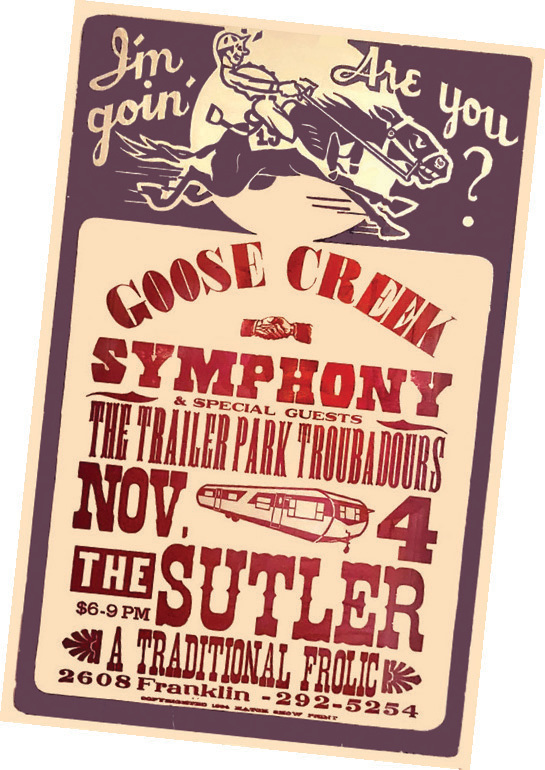When you see a Hatch Show Print poster, you think “old school.” But many — especially those familiar with the entertainment industry — think “Nashville.”
When the printing press was invented by Johannes Gutenberg in the 1450s, it revolutionized the world. Before that time, “books” were painstakingly hand-printed on tablets, scrolls and parchment — one at a time. They were most often biblical texts inked by monks and gifted among the rich who could most easily fund such time-intensive projects.
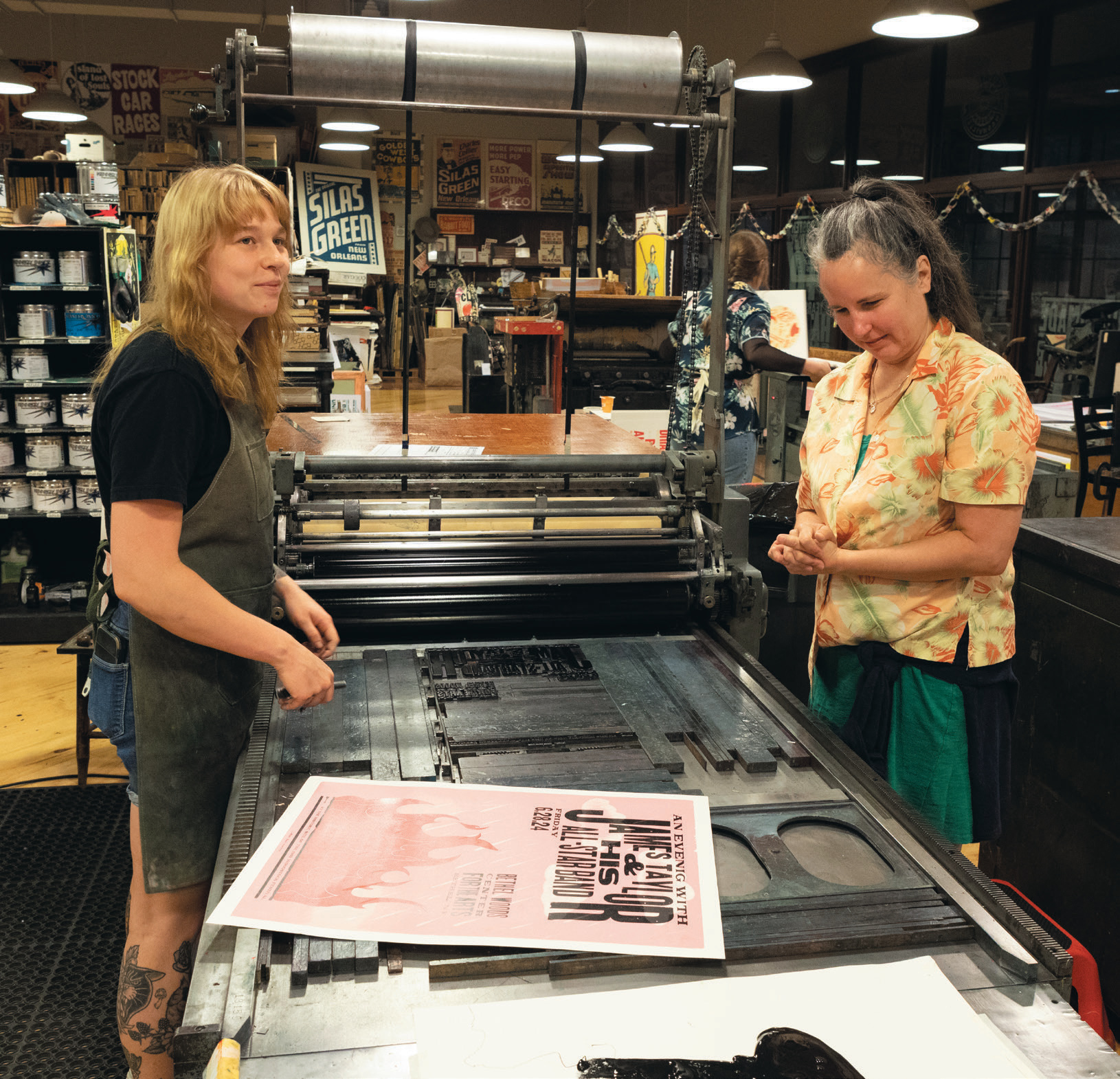
A printing press, on the other hand, could print countless images from one master image, mass producing entire manuscripts to a wider demographic of people at a fraction of the cost.
The first “posters” were crude, text-only announcements, handbills and declarations solely designed to alert a town about important events and announcements.
By the late 1700s, however, print media was becoming more sophisticated. With the help of designers, typographers and illustrators, cities and regions were developing their own unique styles, eventually becoming associated with the graphic art that was made there.
Berlin’s Bauhaus, Paris’ Art Nouveau, Moscow’s Soviet Union propaganda posters, to name but a few, all had distinct looks that link them — even centuries later — to their moments in time and their particular spots on the globe.
And now, some 500 years after the invention of the printing press, Nashville might currently stand alone in all the world as a city with its own poster style, a movement of sorts that identifies Music City “at a glance.” Like Berlin or Paris in bygone eras, Hatch Show Print has created a style all its own, attaching itself to a city on the map — and now on the move — in many ways.
Origins of Hatch Show Print
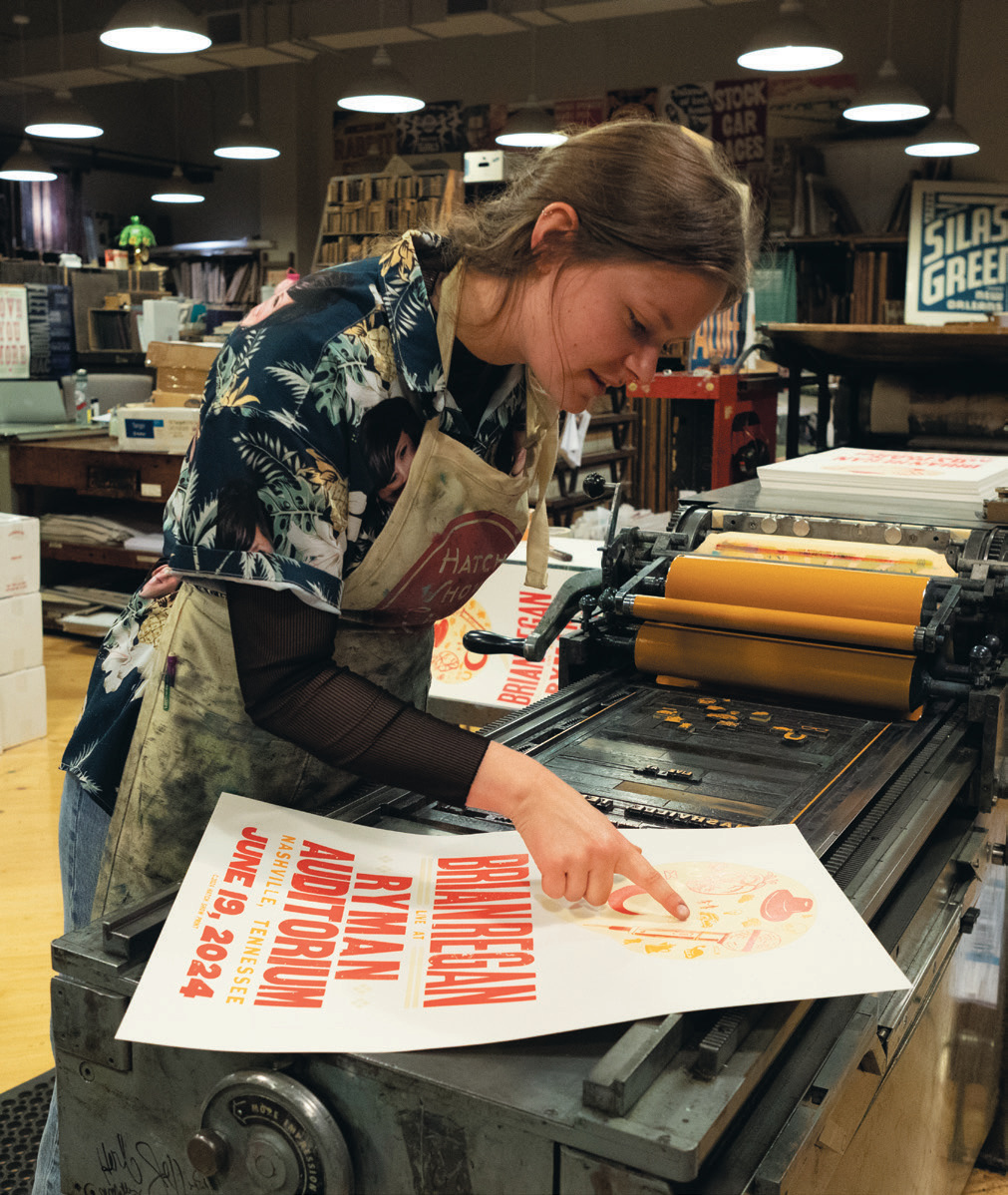
It all started in Prescott, Wisconsin, where brothers Charles and Herbert Hatch apprenticed in the letterpress print shop of their father, William Hatch. William moved his family to the bustling printing hub of Nashville in 1875, and the brothers started their own shop in 1879 called CR and HH Hatch. Located next to the Ryman Auditorium, just around the corner from Printer’s Alley, their neighborly proximity to the Ryman afforded them the opportunity to establish a long-running relationship with the venue. By the 1930s, the Hatch brothers were producing posters and handbills for country music acts and Grand Ole Opry regulars like Roy Acuff, Hank Snow and countless others.
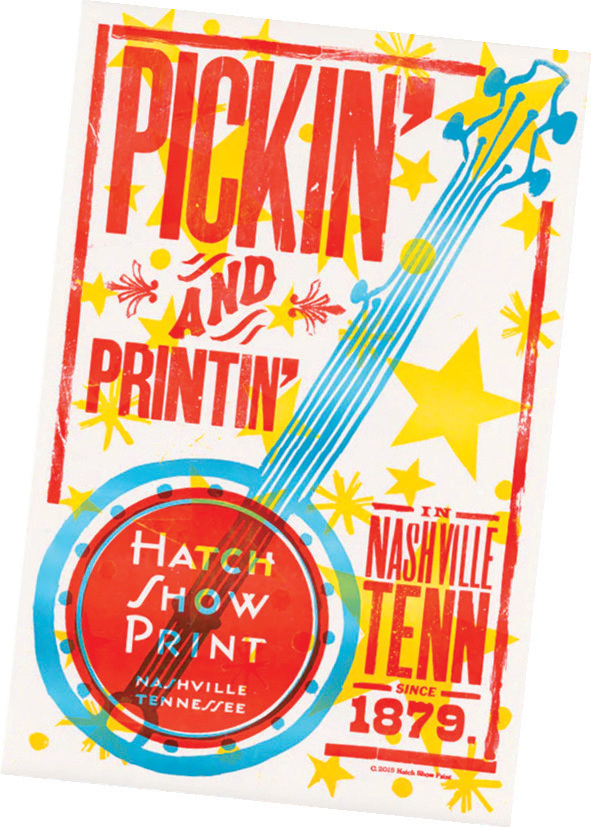
Hatch Show Print is still the Ryman Auditorium’s signature producer of event posters, more than 100 years later.
Brian Gavron, events manager for the Ryman Auditorium from 1999 to 2008 and collector of dozens of Hatch posters from some of the events he helped produce, remembers his excitement when a Hatch poster would arrive.
“Hatch is a beloved Nashville institution. Their signature style is recognized worldwide,” he says. “And when their latest work would arrive, fresh off the press, the staff would gather around to see what they had made for us.”
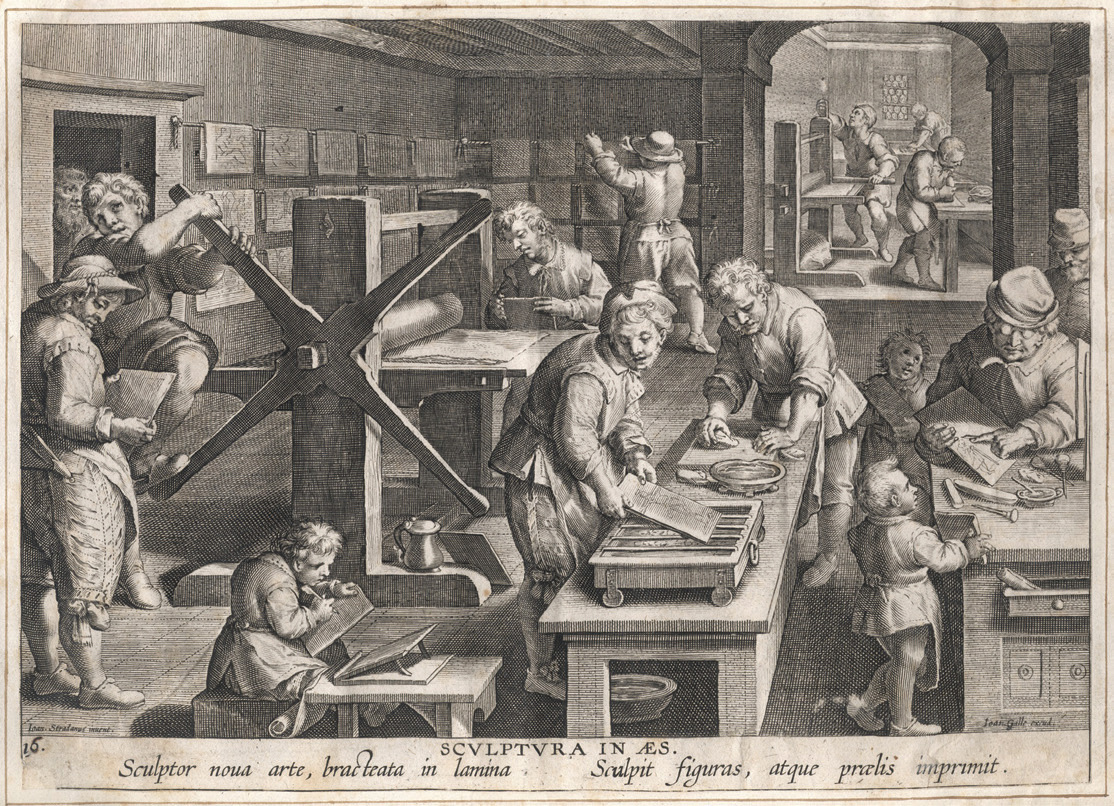
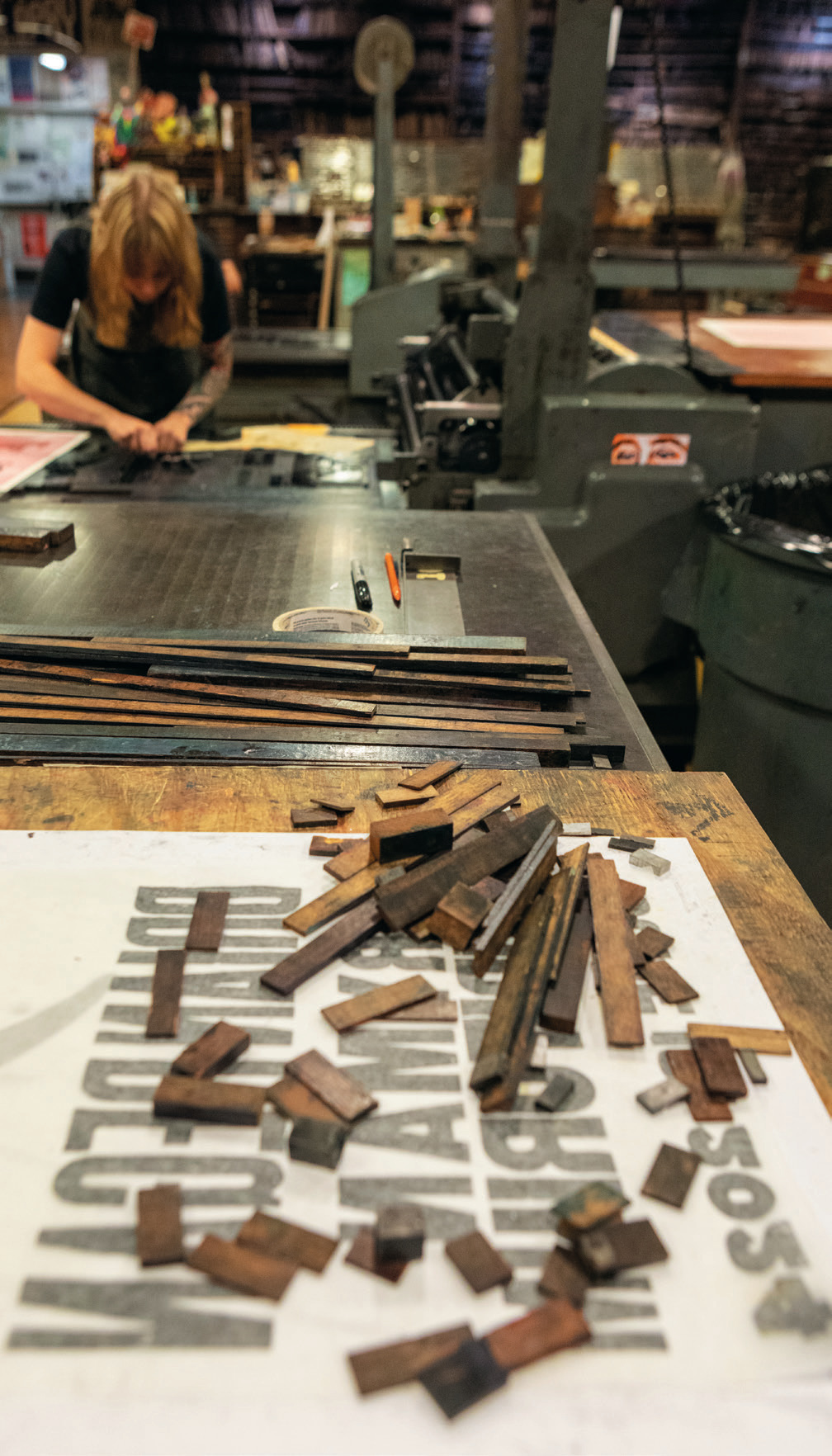
Keeping it old school
“We only use computers for education, scheduling tours and to communicate with our customers,” says Celene Aubry, director of Hatch Show Print and shop manager. “Some of our designers may start with pencil sketches, but it’s very rough. Our designers work on the press from design concept to finished poster. There are no Photoshop mock-ups. We never touch a computer out here. We were still using fax machines as a way to communicate as recently as 2010.”
Artistic curiosity — Working at Hatch
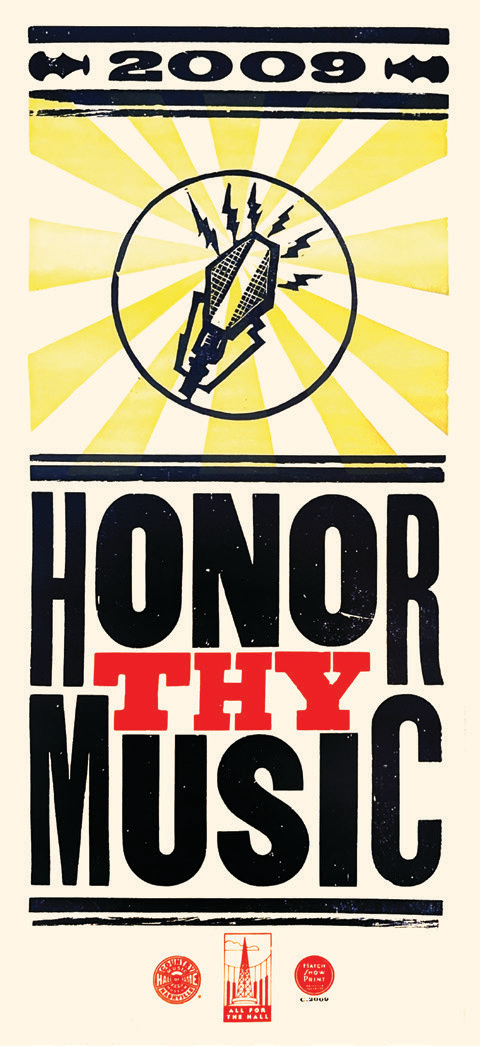
Hatch currently employs four interns and has a staff of a dozen or so, but a graphic design degree from a prestigious university will not necessarily get you a job at Hatch.
“There’s no vocational training,” says Aubry. “Traditionally, the art of printmaking was passed down through an apprentice system, and that’s still the way we do it here. Our press operators and designers will show their portfolio, but they are hired for many different reasons because what we do here is so unique.”
“They submit a portfolio,” Aubry adds. “But whether or not they are hired on here is based on artistic curiosity. We start from zero, teaching them how every single press works, how we build a poster, why the type is the way it is, where it all belongs and how we incorporate imagery, color and graphic elements into the poster. They are trained in all of that, and former experience helps but may not be applicable to this very specific way of working.”
“It takes about an hour to print each run,” says Aubry. “And they are onto the next poster.” Most designers/press operators make roughly two runs per day. “We plan two to four weeks per job, depending on the client, from initial communication to delivery of the order,” says Aubry. But there are a lot of orders in line ahead of you. Hatch Show Print takes custom orders for private clientele, but the waiting list can be as long as four months. If you’re wanting Hatch to print your wedding announcements, for instance, keep this wait time in mind. A minimum order for prints is 100. Prices vary depending on how many colors are used, etc. See the Hatch website for more details.
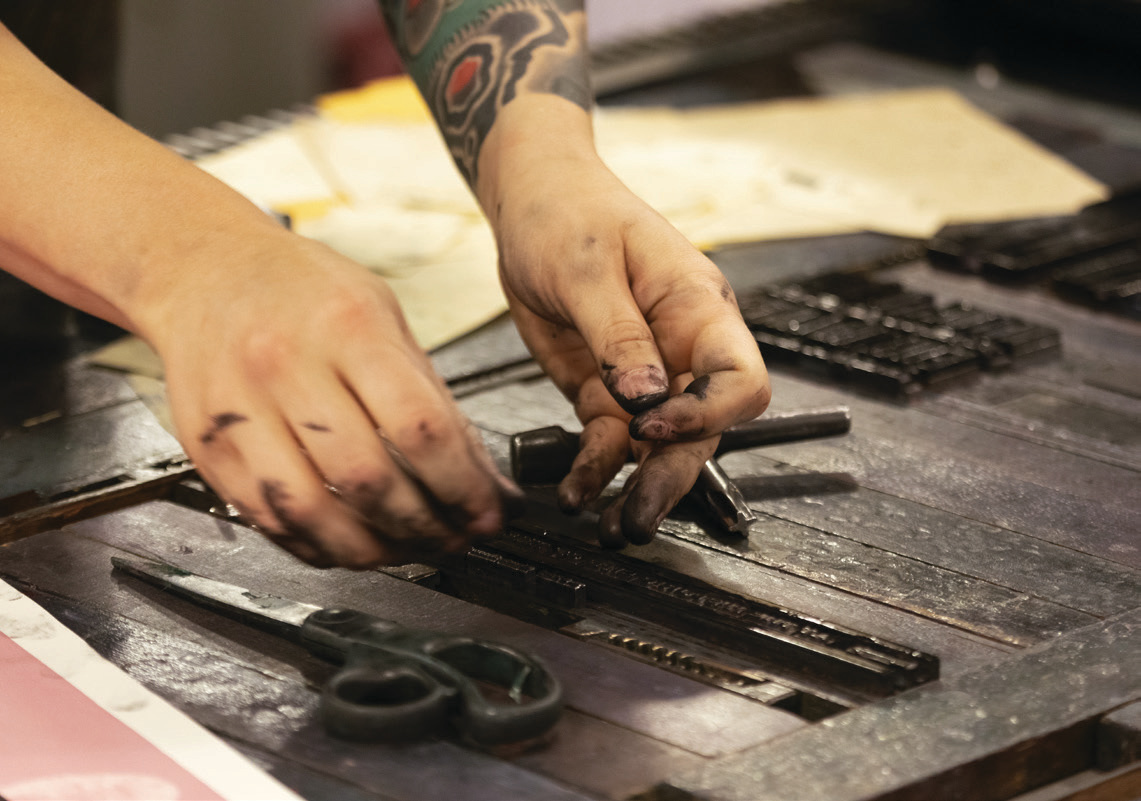
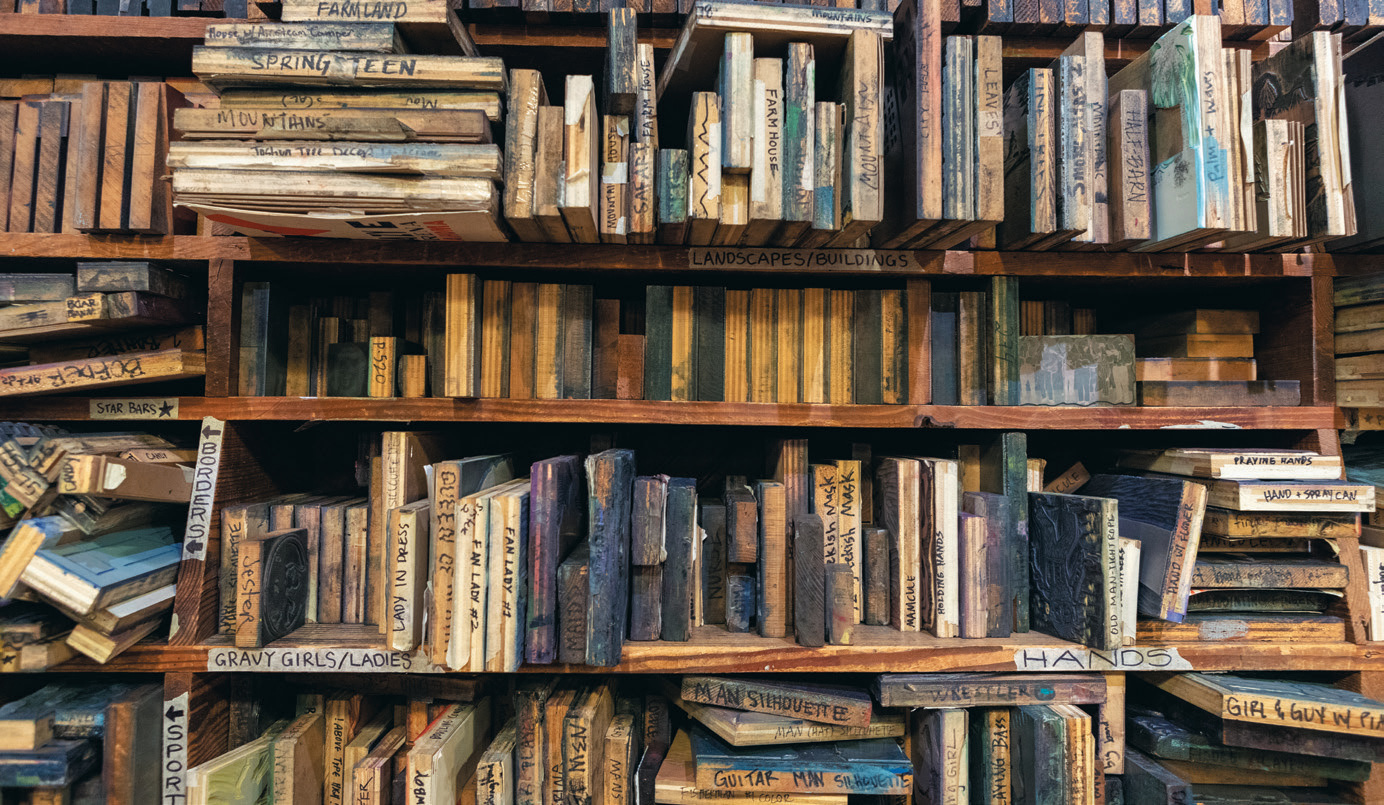
The look of Hatch
The blocks used for printing are cataloged thematically, and staff have to memorize where everything is, whether they need hands, cars, sunbursts, dogs or the oft-used chicken blocks. (Hatch? Chickens? Eggs? Get it?)
A Hatch Show Print poster is immediately recognized — not for its perfect printing but for the flaws each poster has and the inconsistent ink coverage due to the time-weathered woodblocks.
“If a client wanted perfection from Hatch,” Aubry says, “we would have to close! None of our type has held up perfectly; it’s all so old.”
Fans find this quality endearing, citing this as what sets Hatch apart from other printers and poster designers.
Serious collectors of rock and country music posters agree: Hatch is an important part of any collection. Pam Surface, a collector from northern California who owns thousands of music posters dating back decades, has dozens of Hatch pieces in her collection.
“I like that Hatch has been in business forever,” Surface says. “Their style is so unique … and readable! Some of so hard to read.”
“Aside from our typography,” says Aubry, “it’s the old, distressed look from the blocks that makes it ‘Hatch.’ Digital design has tried to replicate this through typefaces that have a distressed look to them, but they just can’t do it.”
Hatch Show Print, like every good recipe, is what it is because of the ingredients: simple, real, genuine. And like every good recipe — biscuits and gravy, let’s say, to carry on Tommy Emmanuel’s analogy — we want it to stay unchanged, constant.
“When we moved here to the Country Music Hall of Fame, it was a monumental task,” says Aubry. “But everyone threw in. Even the museum staff helped us after their own shifts were over. I realized then how special all this is. It’s a labor of love.”
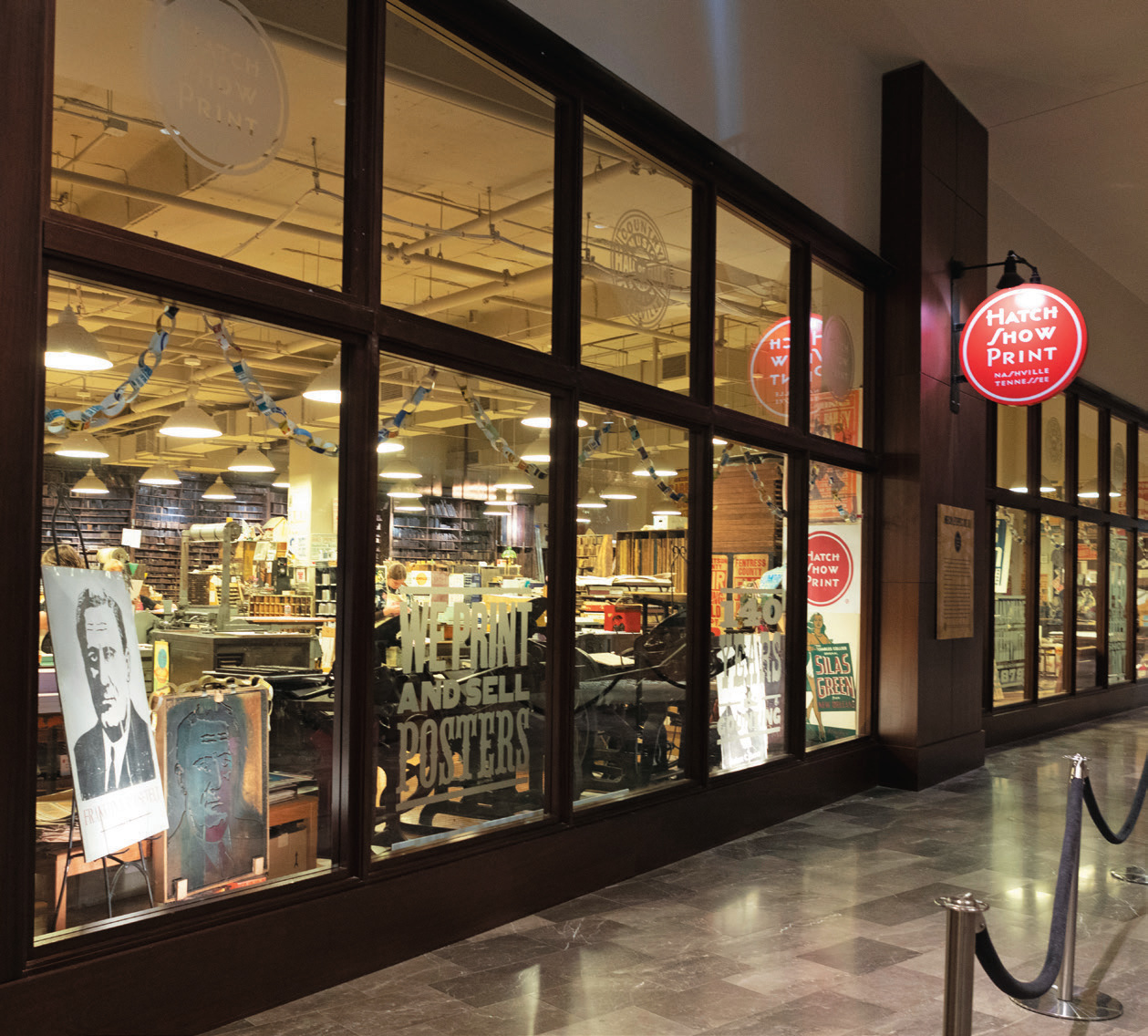
SHOW PRINT: WHAT HATCH MEANS TO MUSIC ARTISTS
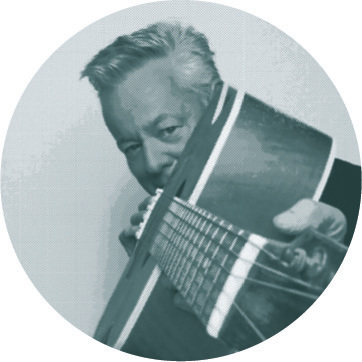
“The first time I lived my dream of playing my own show at the Ryman Auditorium,” says world-renowned guitarist Tommy Emmanuel, “I didn’t realize I would automatically get my own Hatch Show Print poster. The first poster I got with my name on it had a guy holding a guitar. It wasn’t me, it was just an anonymous person holding a guitar, but my name was printed in the typical Hatch Show Print style. I still have those posters. My manager has one in his office, my agents have one in their office, and it means the world to me. Every time I see a Hatch poster,” continues Emmanuel, who was born and raised in Australia, “it brings back memories of seeing their posters from a long time ago like Hank Williams, Jim Reeves, Hank Snow, Patsy Cline, people like that. And when you move to Nashville, and you realize you are in the town where all this stuff comes from — the Ryman is right there, the Country Music Hall of Fame is right there, and all the things that make Nashville what it is — it just gave me a big explosion in my heart. And Hatch Show Print is right up there with everything else. They’re as big a part of it as biscuits and gravy.”
“HATCH IS AS BIG A PART OF NASHVILLE AS BISCUITS AND GRAVY.”
– TOMMY EMMANUEL
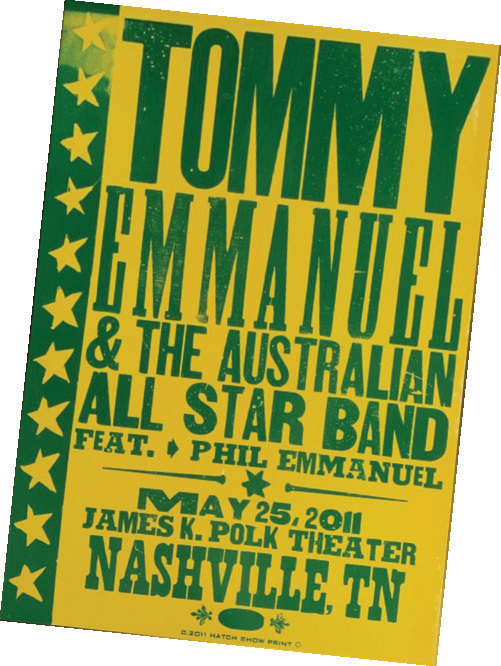
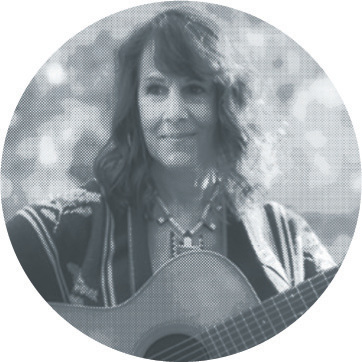
Bluegrass chart-topper Irene Kelley, writer of hit country songs for Alan Jackson, Trisha Yearwood, Loretta Lynn and many more, says, “Seeing my name on a Hatch Show print for the first time was a real thrill. That iconic style made me feel immortalized. Their posters are so cool, instantly identifiable. It’s like being in a painting by (folk artist) Howard Finster.”
You can find Irene Kelley’s music, tour dates and more at irenekelley.com.
Americana artist Antsy McClain, lead singer for The Trailer Park Troubadours and columnist for The Tennessee Magazine (My Tennessee Notebook, page 10), says he thought he had “arrived” when he saw his band’s name on a Hatch poster.
“SEEING MY NAME ON A HATCH SHOW PRINT MADE ME FEEL IMMORTALIZED.”
– IRENE KELLEY
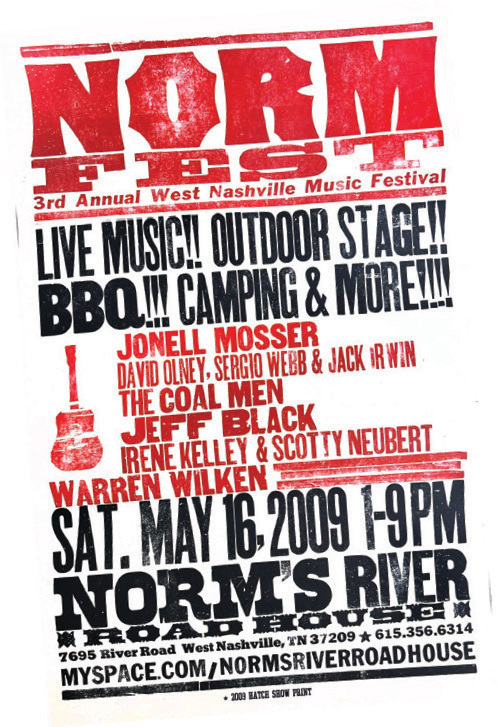
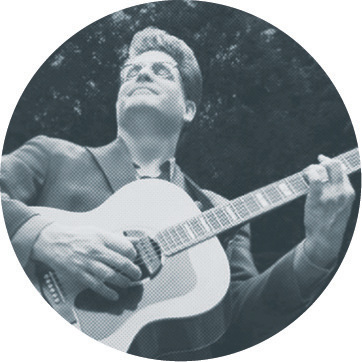
“It was my first-ever real gig in Nashville,” McClain recalls. “Opening for the amazing Goose Creek Symphony. I snatched it off the venue window that night, rolled it up carefully and took it home. I spent more money than I had at the time to get it framed. It now hangs prominently in my home. It’s a great conversation piece, and it never ceases to make me smile.”
“Plus,” McClain recalls, “how cool is it that they had a mobile home woodblock ready to go?”
Antsy McClain’s music, books, graphic art and events can be found at unhitched.com.
“I FELT LIKE I HAD ARRIVED.”
– ANTSY McCLAIN
